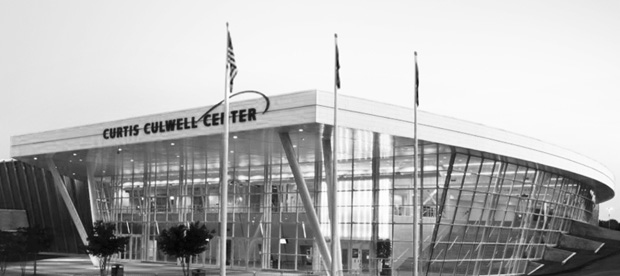More than 600 people participated in two webinars last week that addressed adverse situations at venues.
In the “Public Demonstrations and Civil Unrest Affecting Public Assembly Facilities” webinar, speakers offered recent examples of venue disturbances and how managers and staff prepared for and responded to the situations.
For instance, Orlando Venues Executive Director Allen Johnson, CFE, talked about a die-in protest at the Amway Center in Orlando, Florida, and the how open communication throughout the day mitigated any negative outcomes. (Read more about the protest and how the venue handled it in “Safety and Security During a Protest Rally.”)
Adina Erwin, vice president and general manager of the Fox Theatre in Atlanta, Georgia, also talked about a protest in her venue in December 2014. Some of her best practices recommendations include maintaining good communications with public safety agencies, monitoring websites and social media activity of protest groups, and identifying an alternate manager-on-duty.
Other speakers included Leslee Stewart, general manager and CEO of the Paramount Theatre in Oakland, California; Robert Noonan, security director for the Massachusetts Convention Center Authority (MCCA) in Boston; Matthew O’Loughlin, public safety manager for the MCCA; and Denis Braham, co-chair of the Sports Business and Public Venues Practice Group. The webinar was moderated by Russ Simons, chief listening officer and manager partner at Venue Solutions Group.
Click here to listen to the full webinar.
Earlier in the week, webinar participants heard from John Wilborn, director of the Curtis Culwell Center in Garland, Texas. Wilborn talked about the recent shooting at his venue. Takeaways from the webinar include
• Crime Prevention Through Environmental Design (CPTED) was an aspect of the Curtis Culwell Center’s preparedness for this incident, and that changes to the property were based on lessons learned from the Boston Marathon attack.
• Managing the external communication of attendees was challenging, and developing protocol to minimize individuals revealing their specific location during a shelter-in-place situation is an important aspect of emergency plans.

